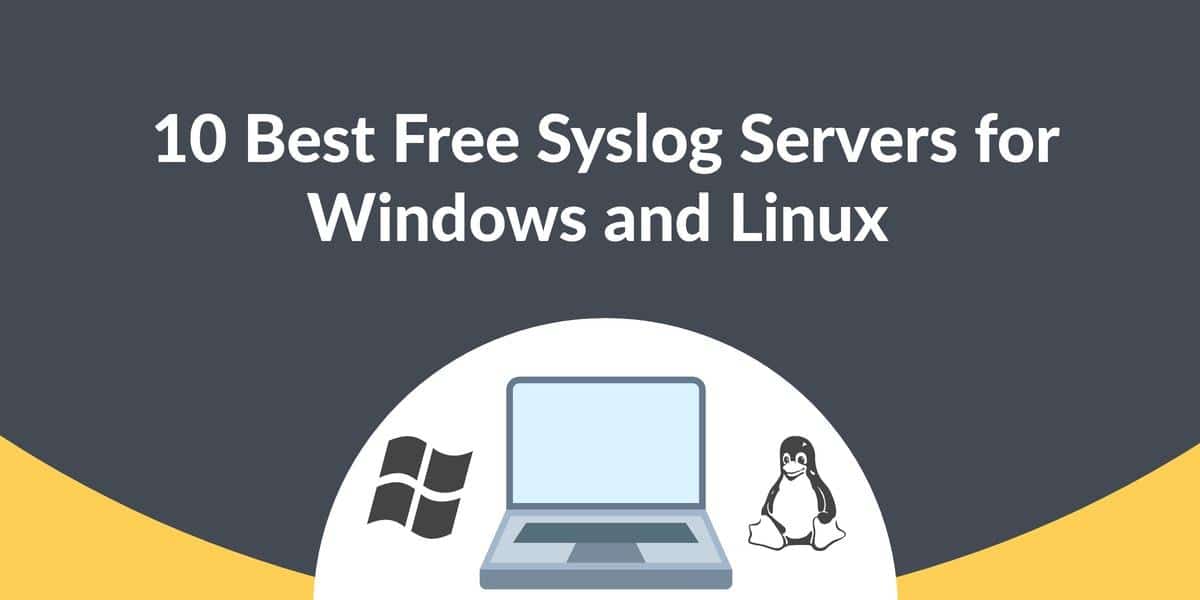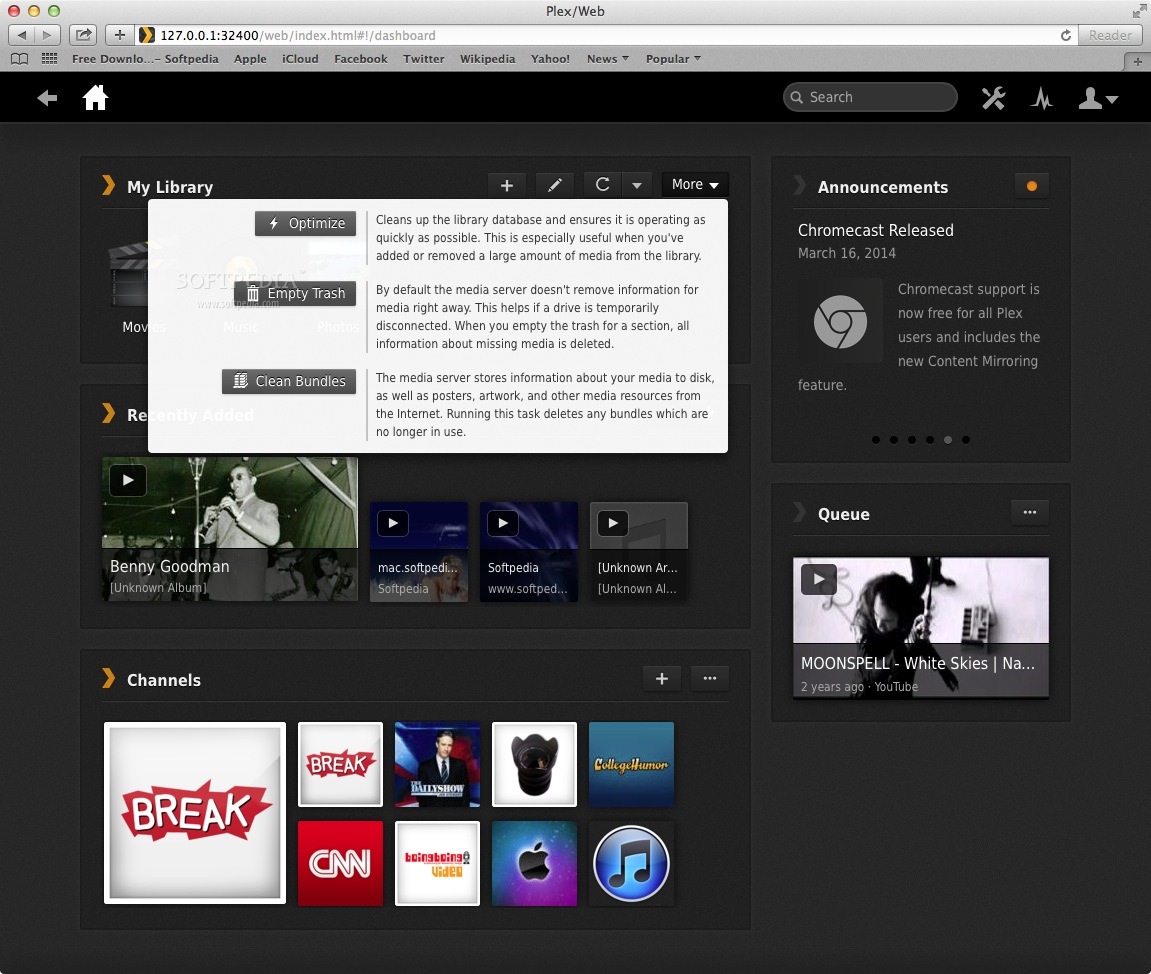

A maximum of 10 log files (0-9) are kept. For example, the current log file moves to file.0.gz, the previous file.0.gz moves to file.1.gz, and so on through file.9.gz. When the eleventh file is started, the tenth log file ( file.9.gz) is deleted, and subsequent files are renumbered accordingly. The sequential incrementation goes from zero through nine. Files are compressed during the rotation process, adding a.gz extension following the numerical increment ( file. 0 extension to the first file and incrementing subsequent file extensions by 1. When the syslog file reaches its maximum size, which is 300 MB for Infoblox appliances and VMware virtual appliances, and 20 MB for Riverbed virtual appliances, the appliance automatically writes the file into a new file by adding a. In addition to saving system messages to a remote syslog server, a NIOS appliance also stores the system messages locally. You can also include audit log messages and specific BIND messages among the messages the appliance sends to the syslog server.
#Syslog server install for mac how to
For information about how to configure logging categories, see Specifying Syslog Servers. Note that syslog messages are prefixed only when you select logging categories. The prefixes in the syslog messages are based on the logging categories you configure in the syslog. You can choose logging categories to send specific syslog messages. NIOS appliances include syslog messages generated by the bloxTools service. Syslog messages provide information about appliance operations and processes. In addition, you can configure a NIOS appliance to send the messages to one or more external syslog servers for later analysis.

#Syslog server install for mac download
NIOS appliances generate syslog messages that you can view through the Syslog viewer and download to a directory on your management station. Syslog is a widely used mechanism for logging system events.


 0 kommentar(er)
0 kommentar(er)
